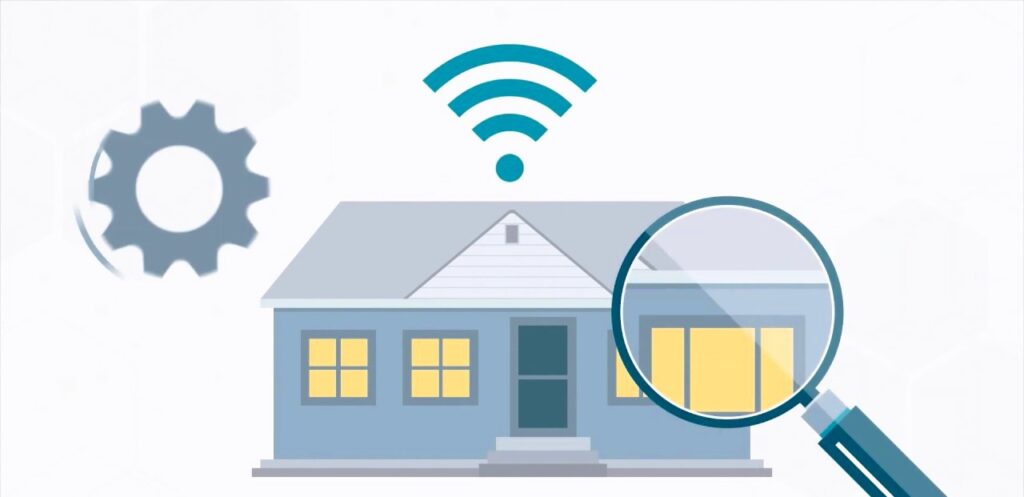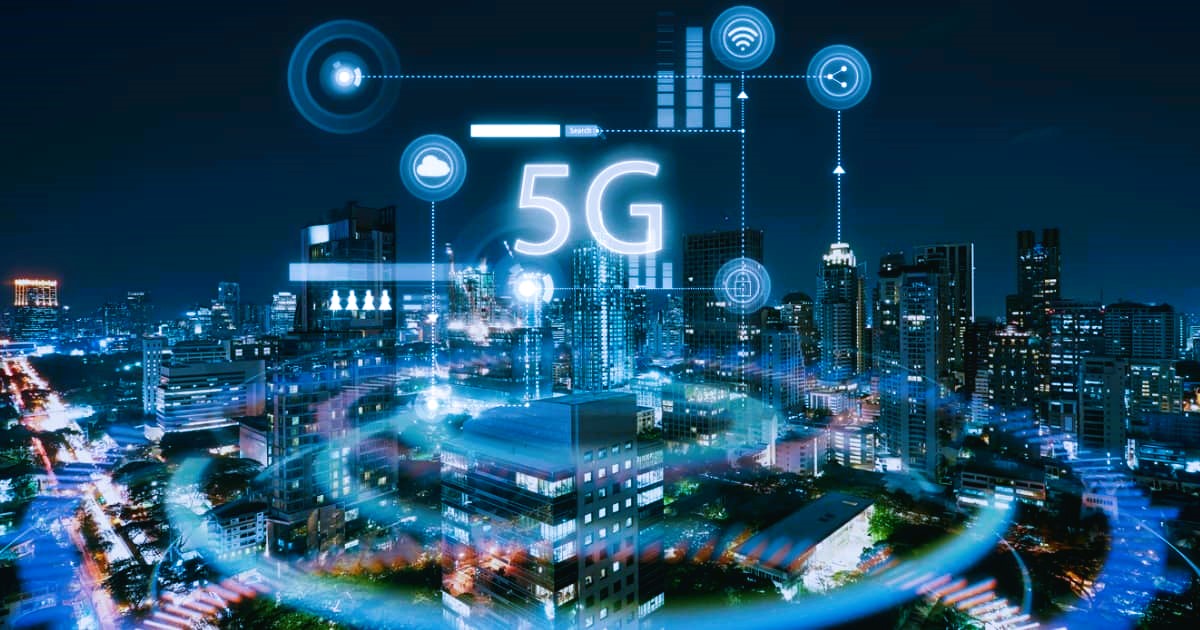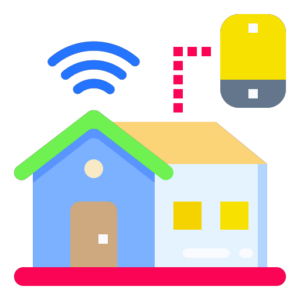The advent of 5G technology has ushered in a new era of connectivity, revolutionizing the way we interact with and experience smart home devices. As the fifth generation of mobile networks, 5G promises faster speeds, lower latency, and increased capacity, providing a robust foundation for the evolution of smart home connectivity. In this exploration, we will delve into the profound impact of 5G on smart home connectivity, examining the transformative changes and enhanced capabilities it brings to the rapidly expanding world of smart homes.
1. Faster Speeds: Redefining the Smart Home Experience
Features: One of the most significant contributions of 5G to smart home connectivity is its unparalleled speed. With data rates potentially reaching multiple gigabits per second, 5G networks deliver faster download and upload speeds compared to their predecessors. This high-speed connectivity reshapes the smart home experience, enabling quicker response times for smart devices and seamless streaming of high-definition content.
Impact on Smart Home Devices:
- Real-Time Control: The increased speed of 5G networks allows for real-time control of smart home devices. Users can experience instantaneous response when adjusting smart lighting, thermostats, or security systems.
- High-Quality Streaming: 5G facilitates high-quality streaming for smart home entertainment systems, ensuring a smooth and immersive experience for users engaging with smart TVs, audio systems, and other multimedia devices.
2. Lower Latency: Enhancing Responsiveness

Features: Low latency is a critical aspect of 5G technology, referring to the minimal delay between sending and receiving data. 5G networks aim to achieve latency levels as low as one millisecond, significantly enhancing the responsiveness of smart home devices and applications.
Impact on Smart Home Devices:
- Immediate Device Response: Smart home devices, such as security cameras and motion sensors, benefit from lower latency, allowing for immediate response to triggers and events.
- Enhanced Gaming and Virtual Reality: Lower latency supports immersive gaming experiences and virtual reality applications within smart homes, creating a more responsive and engaging environment.
Need to host your smart home data? Learn more about top promo codes.
3. Increased Device Capacity: Accommodating the Growing Ecosystem
Features: The increased capacity of 5G networks enables them to support a massive number of connected devices simultaneously. This is particularly crucial as the number of smart home devices continues to proliferate.
Impact on Smart Home Devices:
- Scalability: 5G accommodates the growing ecosystem of smart home devices, allowing users to seamlessly add new devices without compromising network performance.
- Support for Smart Cities: The enhanced device capacity of 5G extends beyond individual homes, contributing to the development of smart cities where various interconnected devices work in harmony. Did you like the article? We recommend that you read the article about Smart Home: advantages and disadvantages.
4. Edge Computing: Distributing Intelligence Locally
Features: 5G networks facilitate edge computing, a paradigm that involves processing data closer to the source rather than relying on centralized cloud servers. This distributed intelligence reduces latency and enhances the efficiency of smart home applications.
Impact on Smart Home Devices:
- Faster Processing: Edge computing enables smart home devices to process data locally, reducing the need to send information to distant servers. This results in faster processing times for smart devices.
- Improved Privacy and Security: By processing sensitive data locally, edge computing contributes to improved privacy and security for smart home users.
5. Enhanced Reliability: Critical for Smart Home Applications
Features: The reliability of 5G networks is a crucial factor in ensuring consistent connectivity for smart home devices. This reliability is achieved through advanced technologies such as beamforming and network slicing.
Impact on Smart Home Devices:
- Continuous Monitoring: Smart home security systems, surveillance cameras, and health monitoring devices benefit from the enhanced reliability of 5G, ensuring continuous monitoring without interruptions.
- Consistent Automation: The reliability of 5G networks supports the seamless operation of automated smart home routines and schedules.
International Standards and 5G Technology:
As 5G technology continues to shape the landscape of connectivity, international standards play a crucial role in ensuring interoperability, security, and reliability. The International Organization for Standardization (ISO) contributes to the development of standards that address various aspects of 5G technology, including network architecture, security protocols, and quality of service.

For more information on international standards related to 5G technology, you can refer to the ISO website.
Challenges and Considerations:
While 5G brings transformative benefits to smart home connectivity, there are considerations and challenges that need attention:
- Infrastructure Deployment: The widespread deployment of 5G infrastructure is an ongoing process, and its availability may vary across regions. Access to 5G networks may be limited in certain areas.
- Device Compatibility: While 5G offers compatibility with a wide range of devices, not all existing smart home devices may be designed to take full advantage of 5G capabilities. Upgrading or replacing devices may be necessary to leverage the benefits of 5G.
- Privacy and Security Concerns: The increased connectivity and data processing capabilities of 5G networks raise privacy and security concerns. Ensuring robust security measures is crucial to safeguard user data.
Conclusion: Transforming the Smart Home Landscape
In conclusion, the impact of 5G on smart home connectivity is transformative, reshaping the way we interact with and experience smart devices within our homes. From faster speeds and lower latency to increased device capacity and enhanced reliability, 5G technology introduces a new era of connectivity that aligns seamlessly with the expanding ecosystem of smart home devices. As international standards continue to evolve, 5G holds the promise of creating a more interconnected, responsive, and intelligent smart home landscape, offering users unparalleled convenience and a truly connected living experience.


